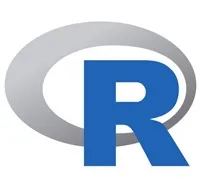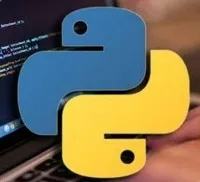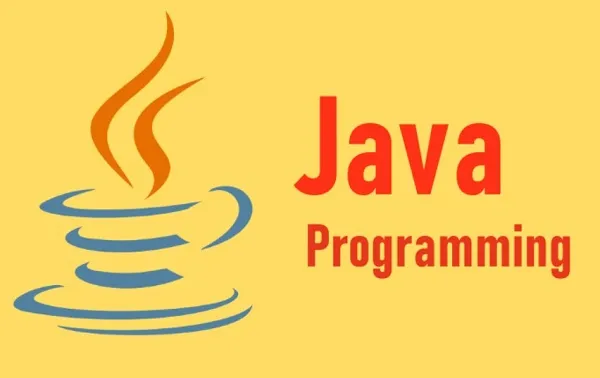
When it comes to computer programming, Java is up there with the best of them. Sun Microsystems workers James Gosling and Patrick Naughton developed it with input from Sun Microsystems co-founder Bill Joy. On May 23, 1995, at SunWorld, Sun unveiled the Java programming language to the public. After thereafter, in 2009, Oracle acquired the Sun business. More than 3 billion devices worldwide use Java right now. This language allows us to develop for a wide range of platforms. Its applicability is extensive, allowing us to develop applications for smartphones, cash registers, automated teller machines, the Internet of Things (IoT), and websites. Java's popularity among programmers can be attributed to the fact that it was designed with the "Write Once, Run Anywhere" (WORA) principle in mind. Java's Bytecode compilation capabilities, which eliminate the potential barrier posed by disparate system infrastructure, are the foundation of this adaptability. Because it addressed portability concerns for the first time, Java stood apart from other programming languages. Before Java became popular, C++ was the language of choice for developers. Java's developers set out to make a programming language capable of doing most of what C++ did, but without the tedium of certain prior languages.
Some Strengths of JAVA:
- Simplicity
- Object-Oriented
- Platform Independent
- Multi-Threaded
- Architecture-Neutral
- Robust
- Distributed
- Garbage Collection
- Verbose, Static Language
- Portability
- Easy to Run, Easy to Write
- Adaptability
- Compiled and Interpreted
- Platform Independent and Portable
- Dynamic and Extensible
Java is changing at a dizzying pace, with new features added every day for anything from artificial intelligence and machine learning to cloud computing and microservices. Java's current owner, Oracle, is constantly trying to ensure the language's continued success by adding new features and ensuring compatibility with emerging technology. In 1991, three developers at Sun Microsystems—James Gosling, Mike Sheridan, and Patrick Naughton—set out to create a language suitable for use in low-power electronics. They quickly got to work on the Green Project, which aimed to analyze the results of the merging of computer and digitally controlled household equipment. The goal of the project was to develop a standardized language usable across a wide variety of computing platforms, from embedded systems to supercomputers. The original goal of the project was to create an interactive television programming language, but as it was realized that Java could be used for more than just TV, the name was changed to Java. This idea has become a reality thanks to the Java Virtual Machine, which enables code to run on any system that has a Java Runtime Environment (JRE) installed. The Java Development Kit was released by Sun Microsystems and included tools to compile, trace, and run Java code.
One of the most pivotal moments in Java's development was the advent of web browsers, which made it possible to use Java applets. The applets could have been embedded on a website and run using a web browser because they were simple Java programs. This advancement enables programmers to build websites with dynamic and interactive information. Java Enterprise Edition was first released by Sun Microsystems. Java EE is an environment for creating highly scalable and distributed business applications. Java EE has provided a full set of APIs and specifications, including, but not limited to, JavaServlets, JavaServer Pages, and Enterprise JavaBeansWJSP. Java In 2006, Sun Microsystems made the decision to release Java as open source software under the GNU General Public License (GPL). As a result, the Java Platform's implementation has been released as part of the OpenJDK project. At present, OpenJDK serves as Java's de facto reference implementation.
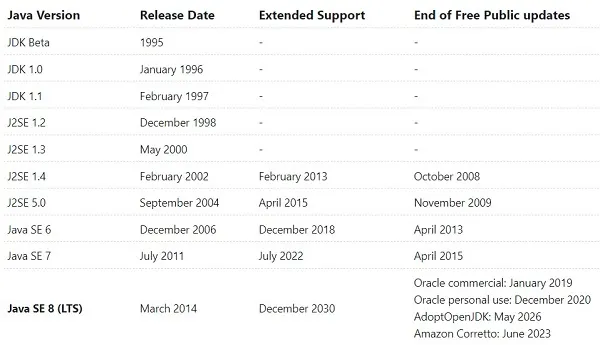
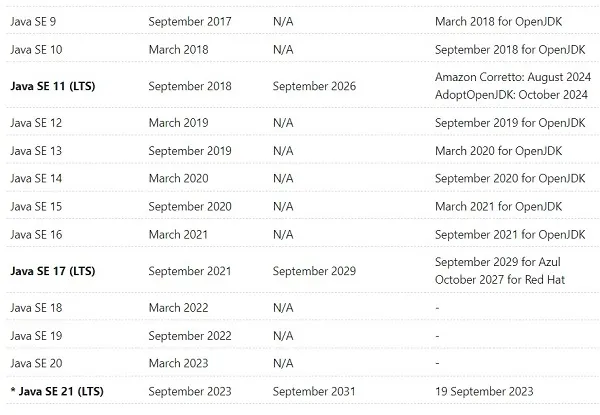
The next Long-Term Support (LTS) version of Java will be 21, and it will be supported until September 2031. The current LTS version of Java is JDK 20, which was published in March 2023; the next LTS version, JDK 21, is scheduled for release in September 2023. The Java Development Kit (JDK) refers to versions 1.0 and 1.1. The platform is known as J2SE (Java 2 Standard Edition) between versions 1.2 and 1.4. Sun introduces internal and external versions beginning with version 1.5. The internal version (1.5) follows directly on from the previous one (1.4), however the external version (5.0) represents a significant increase. Java SE X is the new version name starting with Java 6. Major versions were often released every 2 years, but it took 5 years for Java SE 7 to be made available after Java SE 6, and another 3 years for Java SE 8 to be made public after that. Version updates have been every six months since Java SE 10. Java has been around for a long time, and in that time it has undergone numerous major revisions and improvements. Java's capabilities and user-friendliness increased with each successive version.
Java Editions:
Java editions are a collection of applications that allow developers to build and run Java-based software.
Java Standard Edition (J2 Platform and Standard Edition or J2SE or Java SE): It is a computing platform for developing and deploying portable code in server and desktop contexts.
Java Micro Edition (Java ME): It is a computing platform that allows portable programming to be implemented in mobile devices. It’s also known as Java 2 Platform Micro Edition (J2ME).
Java Enterprise Edition (Java EE): It is a set of instructions used in Java SE 8, a feature upgrade that improves the capability of Java. The applications written for the aforementioned platform are performed in real time.
The Java virtual machine is utilized by other languages and frameworks, like Kotlin and Scala. In addition, the same code written for one operating system (OS) can be used for another (e.g., Linux and Windows). Building highly functional FaaS (function as a service) and serverless programs in Java is doable. Java is still widely used for things like the web, mobile app development, big data, IoT, blockchain, and AI. However, Java will continue to be used, despite its flaws and competition from other programming languages like as.NET.


